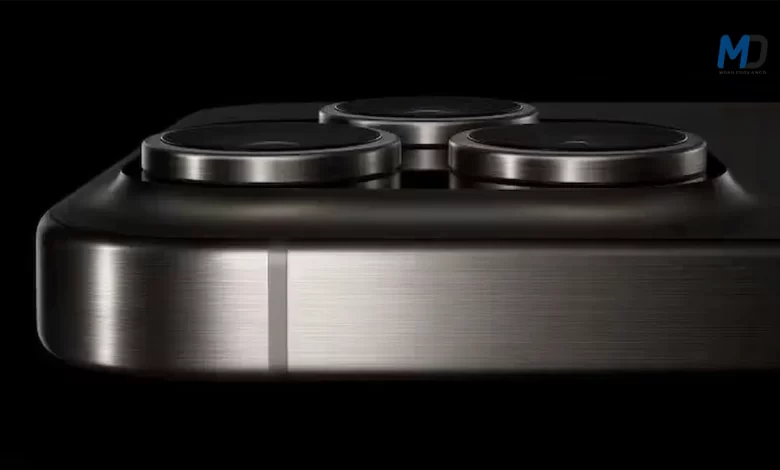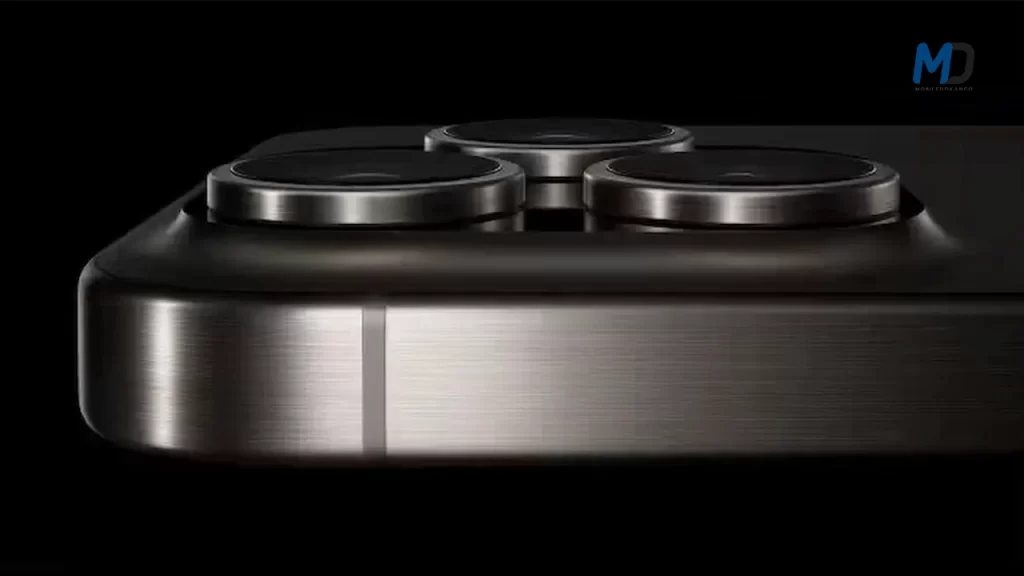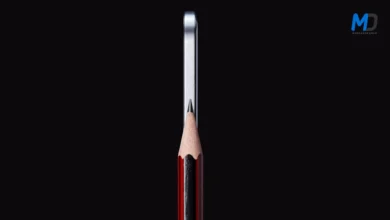iPhone 15 Pro Max Camera Module leaked

iPhone 15 Pro Max Camera Module leaked. The iPhone 15 Pro Max is no exception in a world where tech aficionados are persistent in their quest to learn the secrets of Apple’s cutting-edge gadgets. The camera module is the focus this year, and the findings are nothing short of fascinating.
It is commonly known that Apple prefers to keep certain details private, especially when it comes to revealing details about things like battery life, RAM, and camera technology.
iPhone 15 Pro Max Camera Module leaked
However, the never-ending need for information among IT enthusiasts and experts has once more paid dividends. Comparing the iPhone 15 Pro Max camera module to the iPhone 14 Pro Max, here are the findings we’ve made:

- Main Camera: The iPhone 15 Pro Max retains the Sony IMX803, the same main camera sensor as its predecessor, the iPhone 14 Pro Max. This continuity is a testament to the enduring quality of the IMX803.
- Ultra-wide Camera: Much like the main camera, the ultra-wide-angle camera also remains unchanged with the Sony IMX633, identical to the iPhone 14 Pro Max.
- 5x Telephoto Camera: Apple made a subtle yet impactful tweak in this department. The iPhone 15 Pro Max introduces the Sony IMX913, a departure from the IMX713 found in the iPhone 14 Pro Max (3x Zoom). This change promises enhanced telephoto capabilities.
- ToF/LiDAR: The ToF (Time-of-Flight) sensor, crucial for depth sensing and AR applications, now boasts the Sony IMX591. Its predecessor, the iPhone 14 Pro Max, featured the IMX590. This modification hints at refinements in AR experiences and computational photography.
- Front Camera: The front-facing camera remains consistent with the iPhone 14 Pro Max, utilizing the Sony IMX714.
All of these photo sensors, especially the stunning 48MP primary camera with the IMX803, show how wise it was of Apple to repurpose the optical components from the previous generation. This decision highlights Apple’s dedication to provide outstanding photography experiences without adding needless complexity, especially given the high expenses associated with launching brand-new sensors each year.









